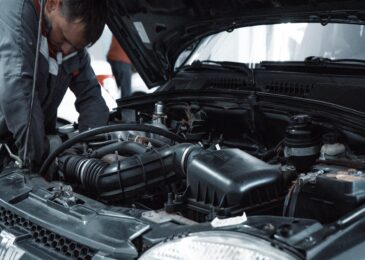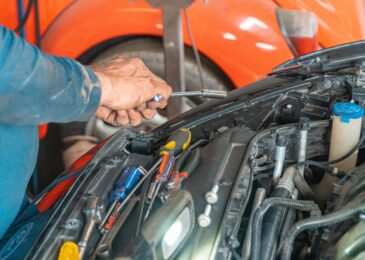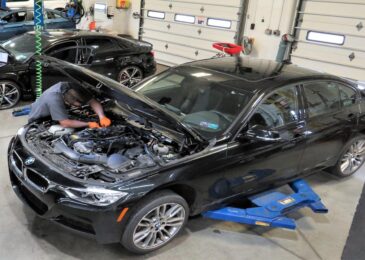Getting rid of waste is necessary for health and safety reasons but a lot of businesses do not have a proper waste disposal procedure, therefore causing a lot of unnecessary waste which is harmful to the environment. Many materials that are thrown away can be recycled or repurposed. The waste treatment market is changing.
Regional waste prevention and management plans have modernized waste management by giving the regions and communes a central role.
Recycling – Recycling is the most obvious alternative to sending waste to a landfill. A wide range of materials can be recycled at least to some degree, and recycling can even yield potential financial benefits. Materials such as wood products, metals such as steel and aluminum, plastics, and particularly glasses can all be recycled in order to regain some utility from the used product.
Waste to Energy Incineration – Waste to Energy (WTE) incineration is a process that uses waste as a fuel in order to create energy. The downside to this process is that additional greenhouse gases in the form of CO2 are created. This CO2 production compares to the greenhouse gas emissions that are created when creating energy from coal.
Composting/Organic Waste Recycling – Composting is a process that allows biological waste, such as rotten food, to break down naturally. This process is extremely environmentally friendly, and is starting to be done on an industrial scale in response to the swelling size of landfills. Composting allows for organic waste to be recycled rapidly, and be turned into fertilizer, which can be used in farming.
In many municipalities, citizens are permitted to dispose of food left-over’s directly into their drains as long as they use what are called food disposers (compact food pulverizing machines installed in sinks, in the drain).
All garbage gets collected and goes through a very strict process and ends up in:
1.Landfills.
2.Recyclingcenters.
3.Composters
4. Waste-to-energy plants.
You can find these facilities all over the country.
Just so you know the waste goes to transfer stations, this stations provide a central location where garbage trucks can drop off their trash, and continue making pickups, without having to leave the city to make a direct dump at the nearest landfill or disposal facility. The transfer station acts as a halfway point that allows the trash to be compacted and consolidated before being sent to a landfill or other destination. Once ready for transfer, the trash is loaded onto long-range trucks that will take it to its final destination.
prevention and management of non-hazardous waste, construction waste and hazardous waste. Therefore, one can expect action in the sector and operational optimization at the regional level.
The Environment Magazine website states that regional waste prevention and management plans should include a complete inventory of waste streams, a six- and twelve-year forecast of observed trends in the amounts of waste produced in the territory, as well as in the demographic and economic developments.
“Increasingly, the use of technological solutions in waste management will allow us to implement the BIG data to improve the efficiency of recycling processes, such as implementing measures for the conservation of the environment”.





